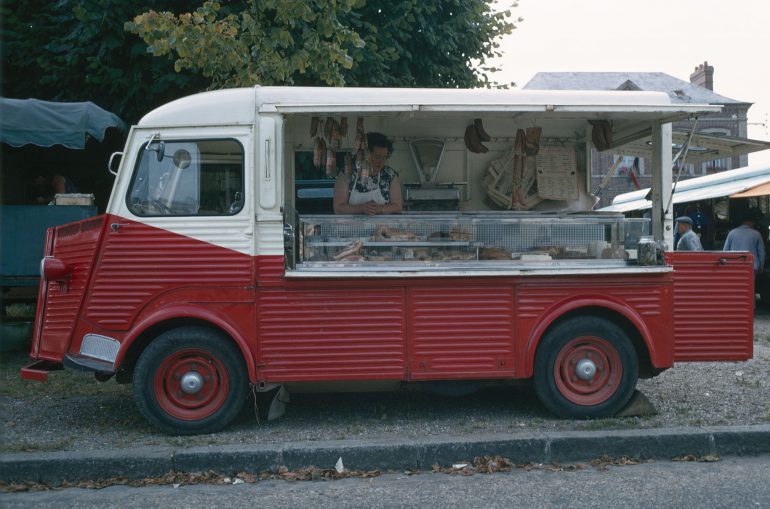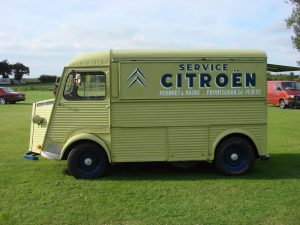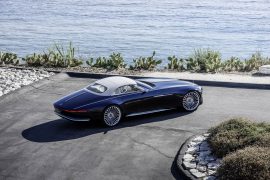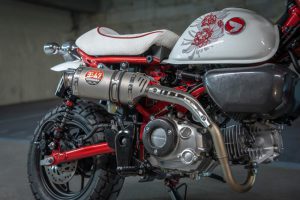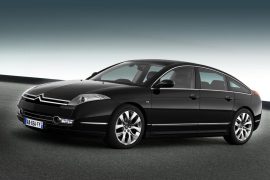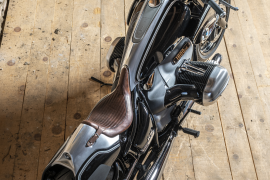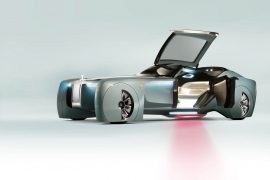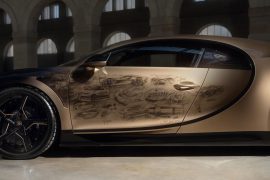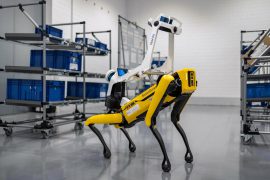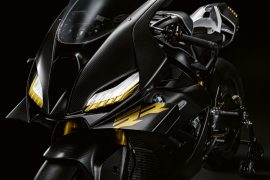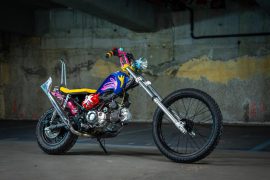MOBILITY/AUTOCLASSIC: The Citroën Type H made its world premiere at the Paris Motor Show in 1947
The brand’s commercial vehicle par excellence replaced the Citroën TUB and the Citroën Type 32.
In June 1948, the front-wheel drive van with the characteristic corrugated sheet metal bodywork in the style of the Ju 52 went on sale. Depending on the permitted payload, different type designations (H, HY, HX, HW, HZ and 1600) were used.
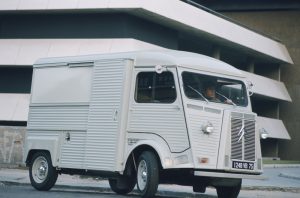
The torsion bar suspension gave the Citroën Type H not only good handling but also a very comfortable suspension when unladen. With the rear torsion bars placed one in front of the other to achieve a low profile, the wheelbase was consequently different on the left (2,500 millimetres) and right (2,536 millimetres), although it was generally given as a calculated average of 2,558 millimetres.
The low entrance to the flat load compartment and the U-shaped stiffening frame allowed the team around engineer Pierre Franchiset and designer André Lefèbvre to create a variety of superstructures: body extensions, raised roofs, double-cabin platforms and much more. The van was available ex-works with a length of 4.28 metres and a chassis with a driver’s cab.
A large number of bodybuilders, such as Ackermann, Charbonnier, Currus, Gruau, Heuliez or SAPA, supplied a wide variety of variants of the Type H. The various wheelbase and rear overhang extensions by the coachbuilders were given the designations Modification A (40 centimetre overhang) to Modification F (1.2 metre wheelbase extension and 60 centimetre overhang). Roof increases of ten, twenty or forty centimetres were possible, and the customer could also opt for a further increase in the cab roof.
Variants of the Citroën Type H were widely used in the public sector, for example as a vehicle for the fire brigade or post office. The bodybuilders‘ offer was mainly aimed at medium-sized companies. The Citroën Type H was used as a boxcar (also with a double cabin), car transporter, low-floor forklift, sales van, bus, refrigerated van, camper van, animal transporter, hearse or even as a rolling laboratory. In addition, the hydropneumatic suspension of the DS was installed on the rear axle in some variants. variantes.
The photo gallery of the article:
Brand: Citroen
virtual design magazine Michael Hiller

